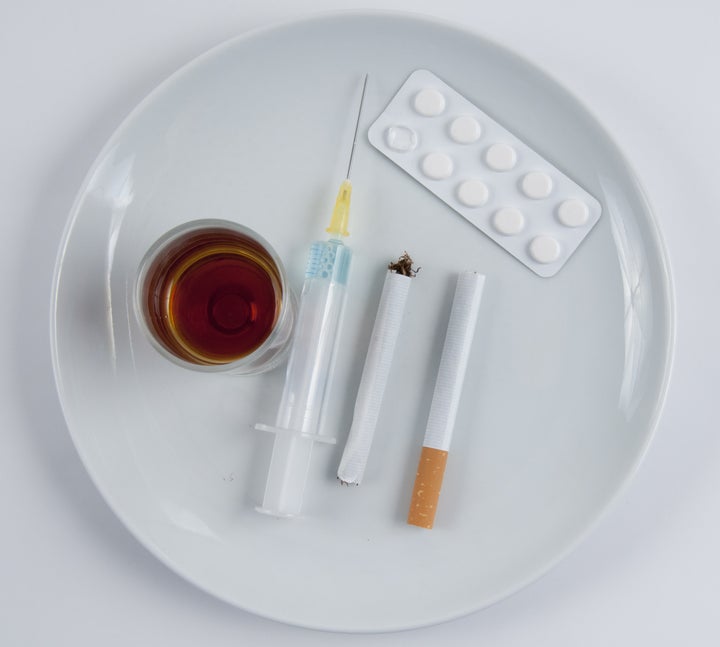
Drugs
On July 31, 2017, the usually very well-informed Washington Post published a blog titled “Opioid Abuse started as a rural epidemic. It’s now a national one.” The Post cited a national survey on drug use in the US, published in the Annals of Internal Medicine. That survey demonstrated the gravity of the opioid epidemic, in that 11 million people reported misusing opioids and 1.9 million said they were addicted.
Moreover, 38 percent of adults in this country (2015) were prescribed an opioid – which is the most common path to opioid pill addiction and its progression to heroin – with heroin now being cut with the deadly Fentanyl, 50-100 times more potent than morphine.
I thank the Post for its reporting on this epidemic, but it needs to get its history right, in two ways.
First, the opioid (and related psychoactive drugs) epidemic did not begin in rural areas, though they seem to have gathered the most media attention in recent years. I too read Hillbilly Elegy and saw the great film, Winter’s Bone. But what we have witnessed as of late is the attention gained when middle and working-class, white Americans are afflicted. Opioid addiction, principally heroin, has been around for over 100 years among poor people of color generally clustered in large cities (where the drug could be obtained in the past, and crime pursued to pay for the habit).
Second, the Post did not crack its American history books about opioids. At the onset of the 1800s, nearly two hundred years ago, opioids were readily available and used commonly in patent medications by medical prescription, in two forms: laudanum, which contained alcohol, and “black drop,” which did not. No surprise, these drugs delivered soothing effects and were effective relief for many human ails, including pain as well as gastrointestinal and emotional disorders. Opioids also were considered to have limited potential for abuse and dependence (sounds terribly familiar to the prescription pain pills promoted by the pharmaceutical industry and widely prescribed by doctors in America, starting in the mid-1990s).
The mid-nineteenth century saw the invention of the “hypodermic” (literally, below the skin) needle, the syringe nowadays. The first (recorded) opioid overdose occurred shortly after that. But it was the Civil War that gave great impetus to the use of opioids, because it was used with many soldiers who became dependent and continued to use after the war (called Soldier’s Disease). What goes around: The wars in Iraq and Afghanistan have produced their share of Soldier’s Disease in this country today. And neither war-driven epidemic began in rural America.
The late 1800s saw the building of this country’s railroads, with Chinese laborers doing the work, and sustaining themselves on opium. In 1888, Bayer Pharmaceuticals, a German company, synthesized heroin. It was used in this country as a cough syrup and for treating menstrual pain. By 1900, there were an estimated ¼ million Americans dependent on heroin (John A Renner, Opioid Dependence in America, in Handbook of Office-based Buprenorphine Treatment of Opioid Dependence, by Petros Levounis, John Renner, etal, Am. Psychiatric Assn Publishing, 2011, p1).
The 20th century is ripe with history of opioid use, abuse and all shades of medical, cultural and legal policies and procedures. My book, The Addiction Solution: Solving America’s Drug Crisis (Scribner, 2018), goes into detail on these matters. Suffice it to say, the Post seems to have not looked back and saw the extensive, non-rural, story about opioids in this country.
But, any discussion of the opioid epidemic must touch on the Trump Presidential “Commission on Combating Drug Addiction and the Opioid Crisis”, which began in March of this year led by the nation’s most disfavored Governor, Chris Christie (Governing Magazine). July 31, 2017, saw an “interim” report released. According to this report, 142 Americans a day now die from drug overdoses, principally opioids. So, 142 x 120 days (the making of this report), which will not be done until October, means approximately 17,000 Americans have died so far in this epidemic; over 12,000 more will die while we await the final Commission Report.
There are two prominent and tragic aspects of this Commission’s activities, such as they are. First, is that there is nothing new in this report that was not very well covered, with problems defined, as well as how to remediate them, in the former Surgeon General’s (Dr. Vivek Murthy) November 2016 policy paper on drugs in America. In other words, it will be about a year (or near to 52,000 lives lost) awaiting a final report with nothing new to add. Second, the recommendations fail to recognize that the principal funding for substance use disorder treatments is not, can never be, from Congressional appropriations. It is from Medicaid. And of course, the Republican White House and Congress are dead set on taking 22 million people off Medicaid, and making health and mental health care unaffordable for countless others in need.
Indeed, we have profound addiction problem, as well as unemployment, poverty and a dubious future of opportunity, in rural America. But that is not where the opioid epidemic in this country began. And it is not only where we need to focus our attention.
………..
Dr. Lloyd Sederer is a psychiatrist and public health doctor. The opinions offered here are entirely his own.
His latest books are Improving Mental Health: Four Secrets in Plain Sight (2017) and Controversies in Mental Health and the Addictions (2017). His next book, The Addiction Solution: Fixing America’s Drug Crisis, will be published by Scribner (Simon & Schuster) in the spring of 2018.
@askdrlloyd

Improving Mental Health: 4 Secrets in Plain Sight